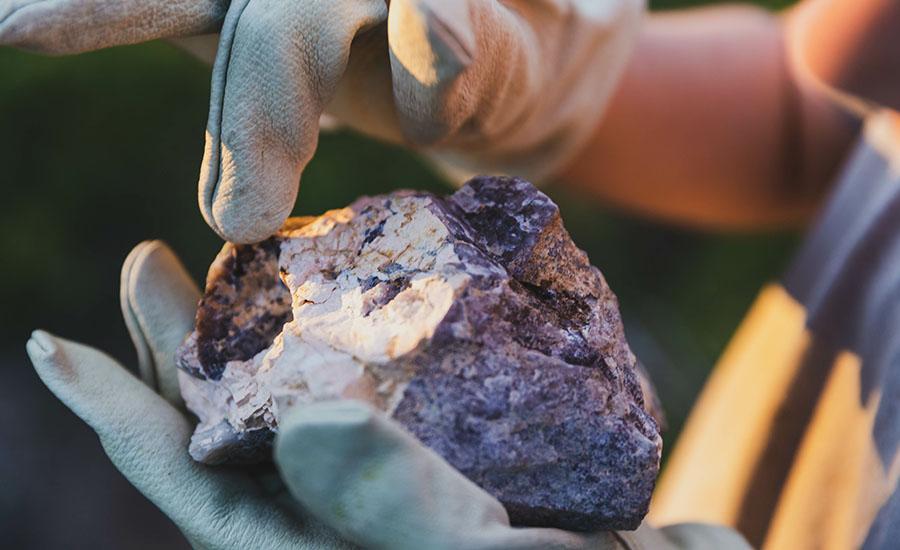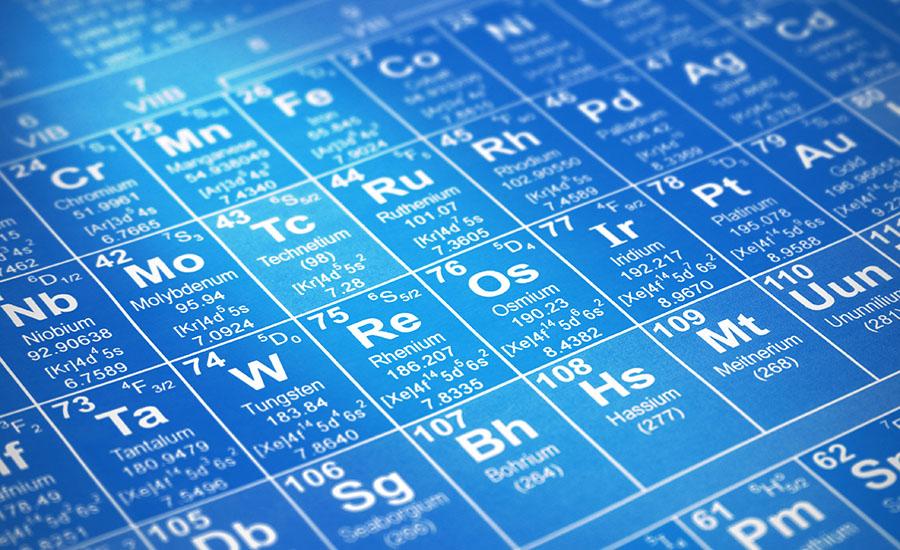
Growing Crystals Part 2: Actualizing the Formation of Crystalline Solid Blue, Green, Purple and Red Crystals Growing
by Maria Theresa Gonzaga
Growing Crystals Part 2 is a unique lesson that has an emphasis on the synthetic growing of crystals in the laboratory. This activity also focuses on investigating the process of how synthetic crystals form, allows you to predict the strongest force responsible for the formation of a given solid that determine crystals' physical properties and uses mathematics and computational thinking to explain how the amount of impurities are used in producing crystals.
Lesson Plan Link/URL
https://docs.google.com/presentation/d/1SS-_3R9DVTMnlS19EqN0i2w31kYpXkGL/edit?u…Subject Area
Science Physical Science P1: Matter Technology 3. Knowledge Constructor 4. Innovative Designer 5. Computational Thinker 6. Creative Communicator Engineering S1: Engineering & Global Society English Language Arts (ELA) Reading (Informational Text) Writing Speaking & Listening
Featured
Off
Related Content

Grades:
9th Grade, 10th Grade
This lesson plan focuses around 4 key topics, with activities for each. The plan covers renewable energy, solar energy, why solar energy is important, and what the children can do to conserve energy

Grades:
10th Grade, 11th Grade, 12th Grade
This lesson plan includes activities for a full unit on Fission and Fusion, which are included in our state science standards. Students will create models of fusion and fission using a free online

Grades:
7th Grade, 8th Grade, 9th Grade, 10th Grade, 11th Grade, 12th Grade
Students will apply principles of design, engineering, and mathematics to create a physical or digital labyrinth inspired by the myth of Theseus. This project integrates STEM concepts with literature

